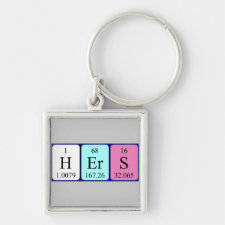
Authors: Descalzo AB, Somoza C, Moreno-Bondi MC, Orellana G
Article Title: Luminescent Core-Shell Imprinted Nanoparticles Engineered for Targeted Förster Resonance Energy Transfer-Based Sensing.
Publication date: 2013
Journal: Analytical Chemistry
Volume: 85
Issue: (11)
Page numbers: 5316-5320.
DOI: 10.1021/ac400520s
Abstract: Red-luminescent 200 nm silica nanoparticles have been designed and prepared as a versatile platform for developing FRET (Förster resonance energy transfer) biomimetic assays. Ru(phen)32+ dye molecules embedded off-center in the silica core provide the long-lived donor emission, and a near-infrared labeled analyte serves as fluorescent acceptor (the measured R0 of this D-A pair is 4.3 nm). A thin surface-grafted molecularly imprinted polymer (MIP) shell intervenes as selective enrofloxacin-binding element. These nanoparticles have been tested for photochemical detection of enrofloxacin by using a competitive scheme that can be readily performed in MeCN-HEPES (pH 7.5) 7:3 (v/v) mixtures and allows for the antibiotic detection in the μM range (LOD = 2 μM) without optimization of the assay. Given the well-known difficulties of coupling the target-binding-to-MIP and the transducing events, the novel photochemical approach tuned up here will be valuable in future developments of MIP-based assays and optosensors that capitalize also on the advantages of nanomaterials for (bio)analysis
Template and target information: enrofloxacin



Join the Society for Molecular Imprinting

New items RSS feed
Sign-up for e-mail updates:
Choose between receiving an occasional newsletter or more frequent e-mail alerts.
Click here to go to the sign-up page.
Is your name elemental or peptidic? Enter your name and find out by clicking either of the buttons below!
Other products you may like:
 MIPdatabase
MIPdatabase









